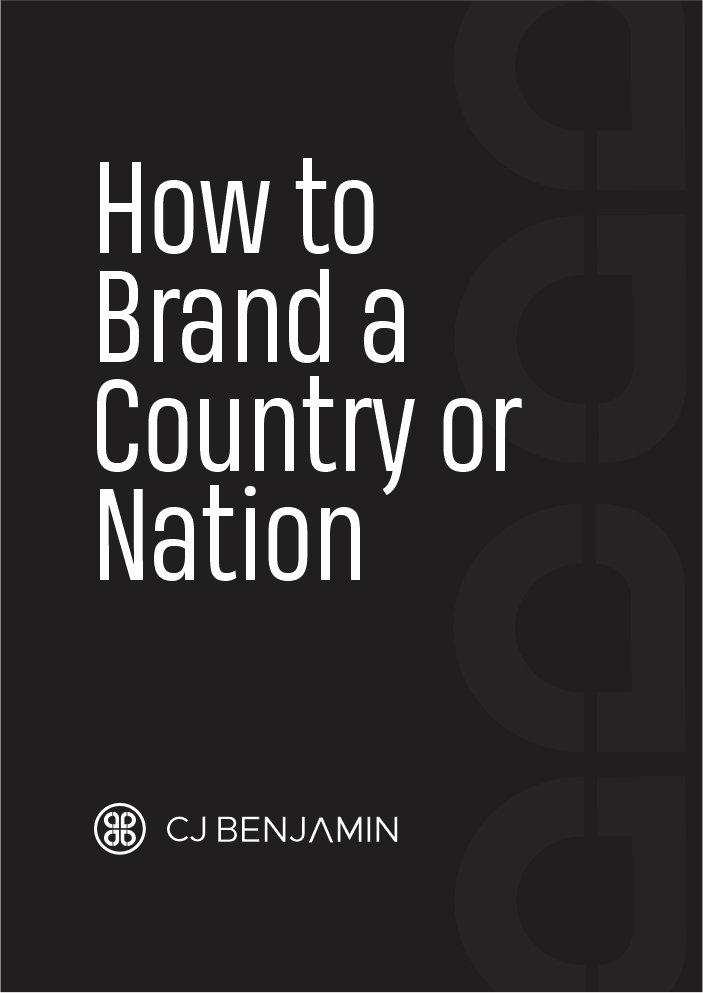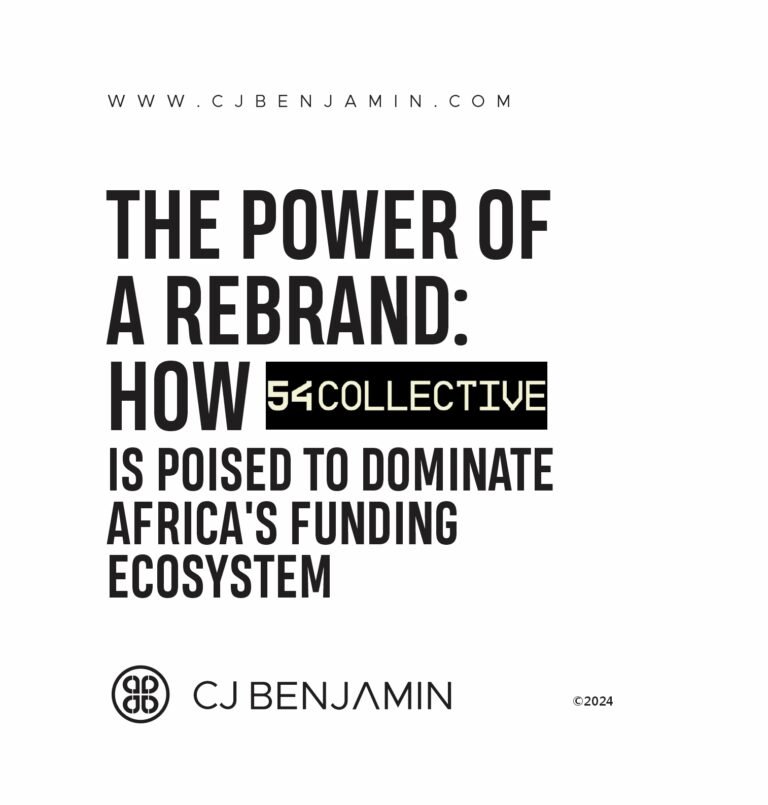It’s my strongest belief that the power of a brand is in its global and borderless appeal and as the world continues to be global-centric, the concept of nation branding has proven to be a creative strategy for countries aiming to assert their identity, attract tourism, foster economic growth, and enhance their geopolitical influence.
This document from #BrandroomInc explores the multifaceted process of branding a country/Nation, emphasizing the integration of vision, cultural heritage, economic strengths, and diplomatic efforts to create a cohesive and compelling national brand.
By examining successful case studies and theoretical frameworks, this study offers a strategic guide on how to effectively brand a country/Nation, ensuring its distinct identity is recognized and respected on the global stage.
Functionally, Nation branding transcends mere logos and slogans; it encapsulates the essence of a country’s identity, encompassing its history, culture, values, and aspirations.
A well-branded nation can boost tourism, attract foreign investment, enhance export markets, and improve diplomatic relations. In contrast, a poorly managed brand can lead to misconceptions and diminished global standing.
The Power of Vision in Nation Branding:
At the heart of any successful nation branding effort is a powerful and keen pulsating vision. Vision serves as the most crucial dynamic, shaping and directing the branding process. It encapsulates the aspirations and future goals of a country/nation, providing a clear and inspiring image of what the country/nation aims to become. A strong vision not only guides strategic decisions but also galvanizes citizens, businesses, and policymakers to work towards a common goal, fostering a sense of unity and purpose.
This study aims to:
- Define the concept of nation branding and its significance.
- Identify key elements that contribute to a strong national brand.
- Analyze successful and unsuccessful case studies of nation branding.
- Propose a strategic framework for developing and maintaining a national brand, with a particular focus on the role of vision. 1: Theoretical Foundations of Nation Branding
Definition and Scope:
Nation branding is the strategic practice of promoting a country by highlighting its unique attributes and differentiating it from other nations. It involves the #coordinated efforts of government, businesses, and cultural institutions to project a unified image.
Historical Context:
Historically, countries have always sought to influence how they are perceived by others. However, the formal concept of nation branding gained traction in the late 20th century as globalization increased competition for resources, tourism, and investment.
Key Theoretical Models:
Several models provide insights into nation branding:
● Anholt’s Nation Brand Hexagon: This model assesses a country’s brand based on six dimensions: exports, governance, culture and heritage, people, tourism, and investment and immigration.
● Dinnie’s Comprehensive Framework: This model highlights the importance of a holistic approach, integrating political, economic, and cultural strategies.
2: Elements of a Successful National Brand
a. Cultural Heritage and Identity:
A nation’s culture and heritage are its most distinguishing features. Showcasing traditional arts, cuisine, festivals, and historical landmarks can create a strong emotional connection with global audiences.
b. Economic Strengths and Innovations:
Highlighting economic achievements, technological innovations, and business-friendly environments can attract investors and entrepreneurs. Countries like Germany and Japan have successfully branded themselves as hubs of engineering excellence and innovation.
c. Political Stability and Governance:
A nation’s political stability and governance practices significantly influence its brand. Transparent governance, respect for human rights, and effective public policies enhance a country’s reputation.
d. People and Lifestyle;
The warmth, hospitality, and dynamism of a country’s populace can significantly enhance its brand. Countries like Italy and Brazil capitalize on their vibrant lifestyles and friendly people to attract tourists.
e. Natural Beauty and Tourism:
Scenic landscapes, wildlife, and tourist attractions form a crucial part of nation branding. Countries such as Switzerland and New Zealand leverage their natural beauty to draw visitors from around the world.
3: Case Studies of Nation Branding
Successful Example :
▪︎ Spain: The “Spain is Different” campaign successfully redefined Spain’s image, focusing on its unique culture, art, and landscapes, transforming it into a premier tourist destination.
▪︎ South Korea: Through the “Korean Wave” (Hallyu), South Korea leveraged its entertainment industry to enhance its cultural footprint globally.
▪︎ Dubai: Dubai has effectively branded itself as a global hub for tourism, business, and luxury. By leveraging its strategic location, modern infrastructure, and ambitious projects like the Burj Khalifa and Palm Jumeirah, Dubai has attracted millions of tourists and investors, positioning itself as a leading global city.
Lessons from Failures:
▪︎ Greece: Despite its rich history, Greece struggled with a coherent brand due to economic crises and inconsistent marketing strategies.
▪︎ Nigeria: Persistent issues with corruption, lack of visionary governance, and political instability have hindered its branding efforts despite significant cultural and natural resources.
4: Strategic Framework for Nation Branding
a. Research and Analysis:
A thorough understanding of a country’s strengths, weaknesses, opportunities, and threats (SWOT analysis) is crucial. This involves gathering insights from citizens, global audiences, and market trends. Data is critical.
b. Vision and Positioning:
Developing a clear vision and positioning statement is essential. This vision should encapsulate the core message the country wishes to convey to the world, reflecting its values and aspirations. The vision serves as the guiding star for all branding efforts, ensuring consistency and coherence in the country’s image.
c. Integrated Marketing Communications:
A successful national brand requires a cohesive marketing strategy that integrates traditional media, digital platforms, public relations, and international events. Consistent messaging across all critical touchpoints ensures a unified national image.
d. Stakeholder Engagement:
Engaging all stakeholders, including government agencies, businesses, and cultural institutions, is vital for a comprehensive branding effort. Collaboration ensures that diverse perspectives and resources contribute to the brand’s development.
e. Evaluation and Adaptation:
Continuous monitoring and evaluation of branding efforts allow for adjustments and improvements. This ensures the brand in view remains relevant and effective in a dynamic global environment.
Key Questions to Ask:
▪︎ What is our vision as a country?
▪︎ What is our roadmap?
▪︎ What are our Use Cases?



